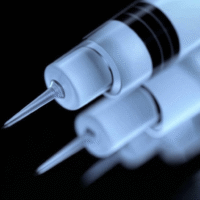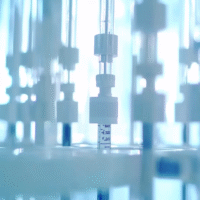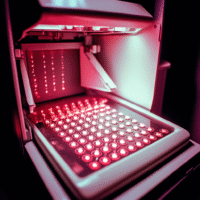Device Endothelialization and Morphology Assessments Using CTA
Study Overview
The study evaluated a new type of atrial septal defect (ASD) occluder called ReAces, comparing it with traditional occluders one year after implantation.
Background
Complete endothelialization is often not achieved within 6 months after ASD occluder implantation, which can lead to complications. This study aimed to compare the performance of the ReAces occluder against traditional options using computed tomography angiography (CTA) after one year.
Methods
Fifteen patients were randomly selected for each type of occluder at Zhongshan Hospital, Fudan University. The study recorded patient characteristics and procedures, and CTA was used to assess the devices.
Key Findings
- Both groups had similar defect sizes and occluder sizes.
- The ReAces group showed significantly better results in several areas:
- Central region thickness: 4.2 mm vs. 7.8 mm, p < 0.0001
- Left atrial device-occupied volume: 1863.3 mm² vs. 4764.4 mm², p < 0.001
- Device compression rates: 10.1% vs. 17.5%, p = 0.001
- All patients with ReAces achieved complete endothelialization, while only 53.3% of the traditional group did (100% vs. 53.3%, p = 0.006).
Conclusions
The ReAces occluder showed a significantly higher rate of complete endothelialization and better morphology results compared to traditional occluders after one year.
Clinical Trial Registration
Registered at ClinicalTrials.gov, ID: NCT05371366, on 04/05/2022.
Enhancing Clinical Practice
Clinical trials are essential for creating safe and effective treatments. Our AI-driven platform, DocSym, consolidates important clinical information to improve everyday medical practice.
Practical Solutions for Healthcare
- Streamlined operations with mobile apps for scheduling and telemedicine.
- Improved workflows and patient outcomes through the use of AI.
- Reduction of paper processes in clinics.
Learn how we can assist you at aidevmd.com.




























